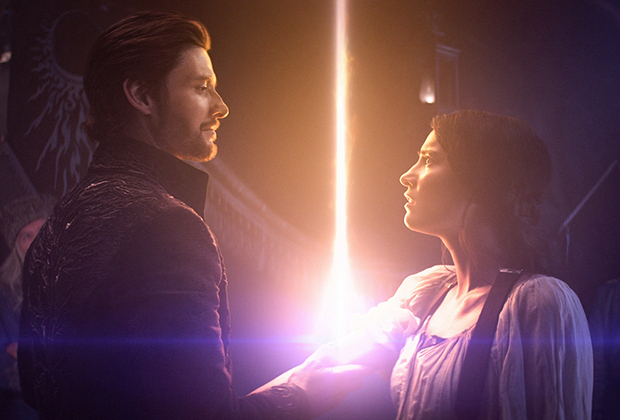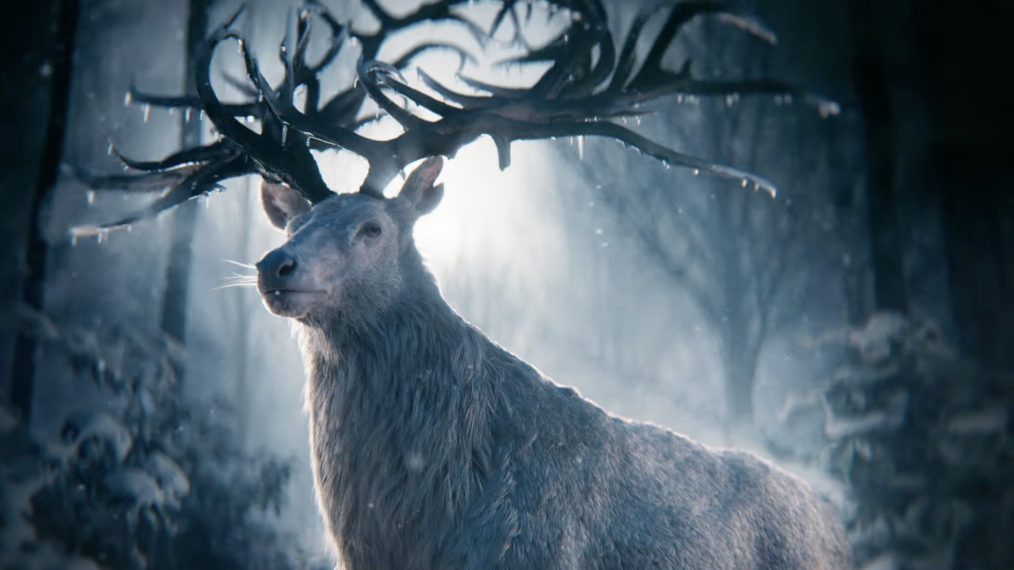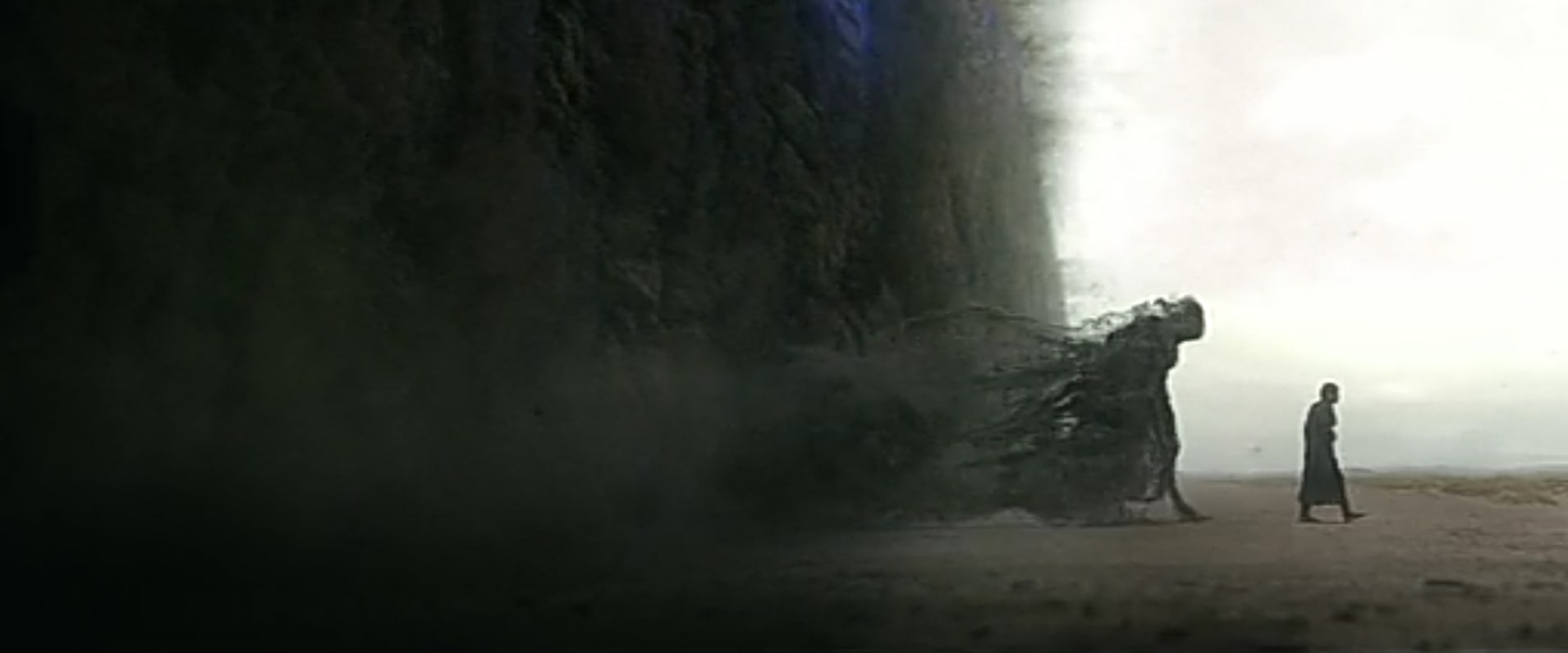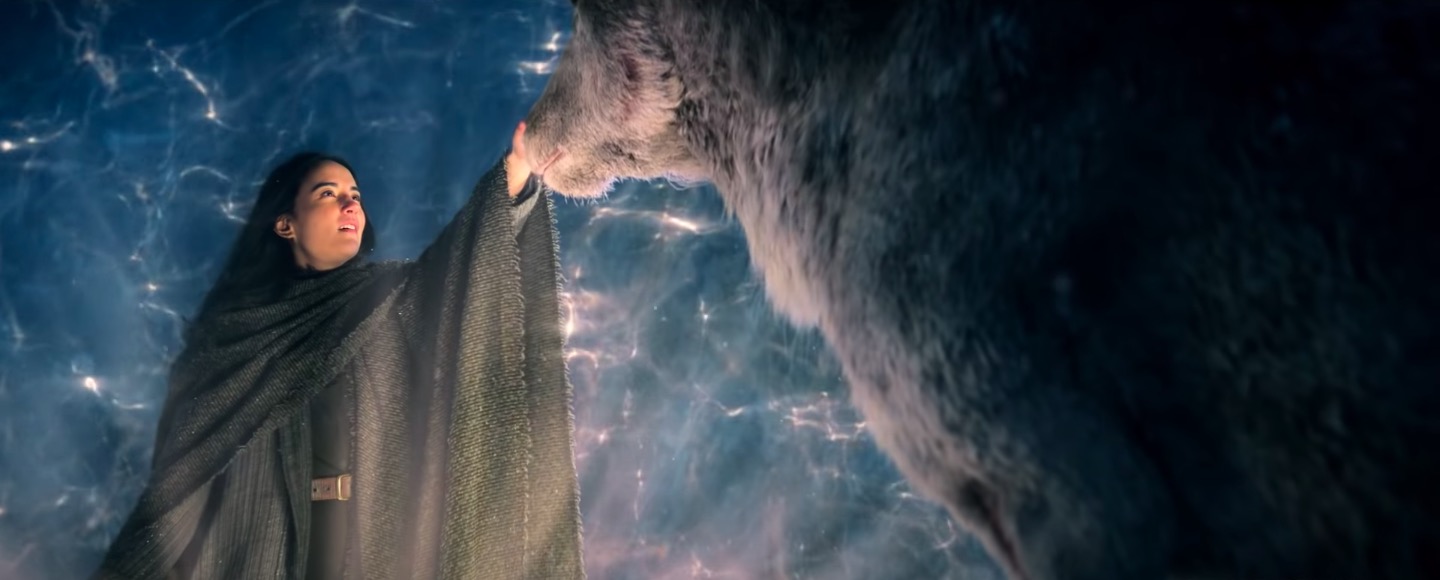Netflix’s ‘Shadow and Bone’ is a well-developed and immersive gunpowder adventure fantasy series. Adapted from Israeli-American author Leigh Bardugo’s ‘Grisha’ trilogy and ‘Six of Crows’ duology, the web show depicts a culturally and racially diverse world. The main characters represent a plethora of backgrounds and motivations interact. At the heart of the story is a complex but easily understandable magic system. If you have watched the show, you must have heard terms like “small science” and “merzost.” Here is everything you need to know about them. SPOILERS AHEAD.
What is Small Science?
To put it simply, “Small Science” is how the Grisha define their powers. In the Grishaverse, the characters with Grisha abilities and enough knowledge about them don’t like to categorize them as magic, as that would mean that they don’t know how their powers work. It would also imply that they are conjuring elements and matter out of nothing when that is simply not the case. Like every other thing in the world, the Grisha have to abide by the rules of nature.

The Grisha, with related abilities, can break down matter and elements to their fundamental level and then recreate them to their own likings. Squallers like Zoya Nazyalensky (Sujaya Dasgupta), for instance, control the air pressure to manipulate the wind itself. On the other hand, Infernis like Marie (Jasmine Blackborow) call the combustible elements in the air toward them and then use something like a flint to ignite them.
Heartrenders like Nina Zenik (Danielle Galligan) affect physical bodies on the cellular level and manipulate emotions by controlling the flow of certain chemicals, while Durasts such as David Kostyk (Luke Pasqualino) can alter matter on the molecular level. The most important principle of the Grisha is “like calls to like.” This implies that the inherent ability of a Grisha gives them control over a certain matter or element. This is further explained in Ravkan philosophy by two concepts, “Odinakovost” or thisness and “Etovost” or thatness.
While answering a question, Bardugo wrote on her Tumblr page, “Odinakovost is the essence that all things share. But Etovost is the unique quality that makes a thing itself and nothing else. A Grisha needs a fundamental understanding of both of these properties in order to manipulate matter. It is Etovost, that unique quality, that determines which types of matter a given Grisha can manipulate — something within that Grisha shares the same unique quality, recognizes it, (and) is attracted to it. Basically, “like calls to like” speaks to this attraction.”
What is Merzost?
While one of the essential notions about the Grisha is that they can’t create something out of nothing, merzost acts as the exception to that rule for some of the most powerful Grisha. Small Science is rooted in the adherence to the laws of the natural world, but merzost gives a Grisha the ability so far beyond the confinement of science that it becomes magic. In fact, in the Ravkan language, merzost translates to magic.

Interestingly, the word also means abomination, which is precisely what most Grisha believe it to be. It infuses the user with the power of creation and is an incredibly volatile procedure. It also takes something significant from the Grisha as a price for the magic. When Morozova made his amplifiers, including the Stag, he used merzost. He knew that the Grisha would always be persecuted, so he created amplifiers to grant the chosen Grisha remarkable enhancements for their abilities.

Several hundred years before the present timeline, the Darkling (Ben Barnes), Morozova’s grandson through Baghra (Zoë Wanamaker), wanted to emulate him and create his own amplifiers when the then-King ordered him and his kind to be hunted down. Instead, the Darkling ended up transforming normal people into the Volcra when he created the Fold. In the last part of the season 1 finale, the Darkling uses merzost once more and creates nichevo’ya, a new group of shadow creatures that can exist in the sunlight.
Read More: Shadow and Bone: Map, Kingdoms, and Geography, Explained

